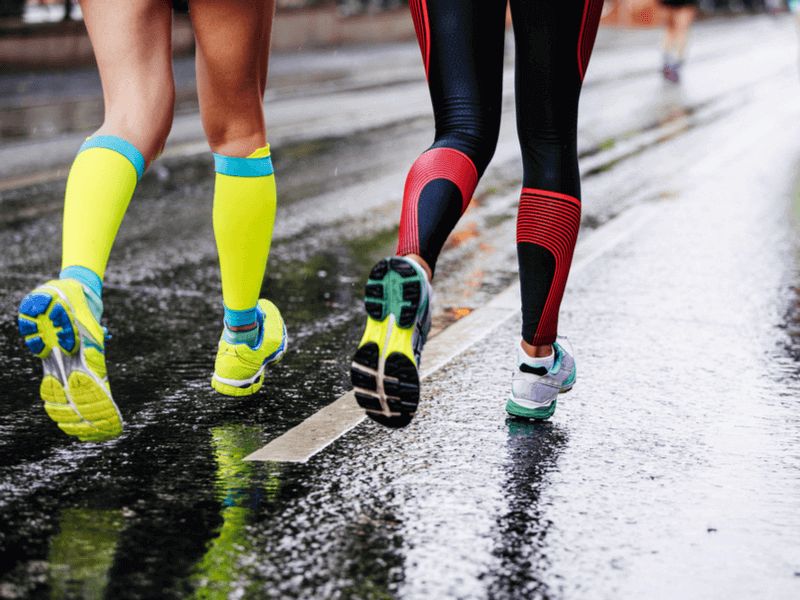Compression garments have surged in popularity over the past decades, especially among runners. While many athletes swear by their effectiveness, the scientific community has sought to uncover the truth. In a recent comprehensive analysis of 183 studies, researchers have provided valuable insights, suggesting that while compression gear may not live up to all claims, it carries minimal risks. Unleash your full potential with Tarkine Goshawk shoes, where cutting-edge technology meets unparalleled performance for the dedicated runner.

Understanding Compression Gear
Compression gear encompasses a range of tightly fitting athletic apparel, including tights, shorts, shirts, arm sleeves, socks, and calf sleeves. These specialized garments exert mechanical pressure on the body to enhance blood flow. Advocates attribute numerous benefits to compression wear, such as reducing muscle cramps and fatigue, improving balance, facilitating muscle recovery, increasing flexibility, and potentially enhancing performance.
Performance Enhancement: Unraveling the Evidence
The research review highlights the ambiguity surrounding compression garments’ impact on physical performance. Out of the 183 studies examined, only 30 percent of the 24 studies directly evaluating performance in time trials reported measurable positive effects.
Interestingly, the researchers found that compression garments had no significant impact on wearers’ metabolic responses, blood pressure, heart rate, or other cardiorespiratory measures. Similarly, they did not improve users’ movements or perceived exertion rates.
Unlocking the Benefits
While the evidence supporting performance enhancement remains inconclusive, compression gear does demonstrate some positive effects. It appears to reduce muscle oscillation during exercise, contributing to greater stability. Additionally, compression garments improve the body’s sensorimotor properties, enhancing joint stability during movement and potentially reducing muscle soreness and post-exercise pain. Moreover, compression gear increases localized skin temperature, which can be advantageous in colder weather conditions.

Despite the limited scientific evidence backing the wide array of benefits associated with compression garments, the overwhelming support from athletes is intriguing. Researchers suggest that the wearer’s belief in their effectiveness may play a significant role, hinting at a potential placebo effect.
However, it is crucial to note that wearing compression gear is highly unlikely to hinder performance. Athletes who find value in these garments can continue to use them without apprehension. Furthermore, in specific conditions like cold weather, compression gear may provide additional benefits.
Key Takeaways
If you currently rely on compression gear and experience personal benefits, there is no need to discontinue its use. However, for those considering its adoption, it is important to manage expectations. Compression gear is unlikely to yield dramatic improvements in running performance, if any. It should be seen as a complementary tool alongside established recovery practices such as stretching, mobility work, and foam rolling. Regardless of your choice, never underestimate the importance of sound recovery strategies.
As ongoing research explores the science behind compression gear, further investigations will provide a deeper understanding of its true potential.

















